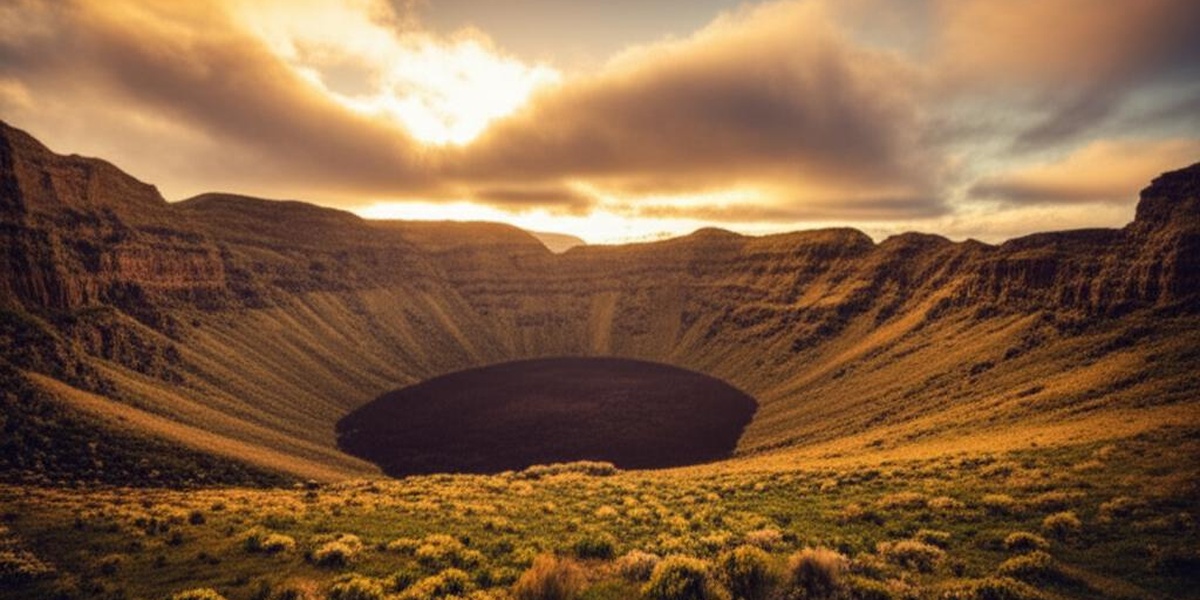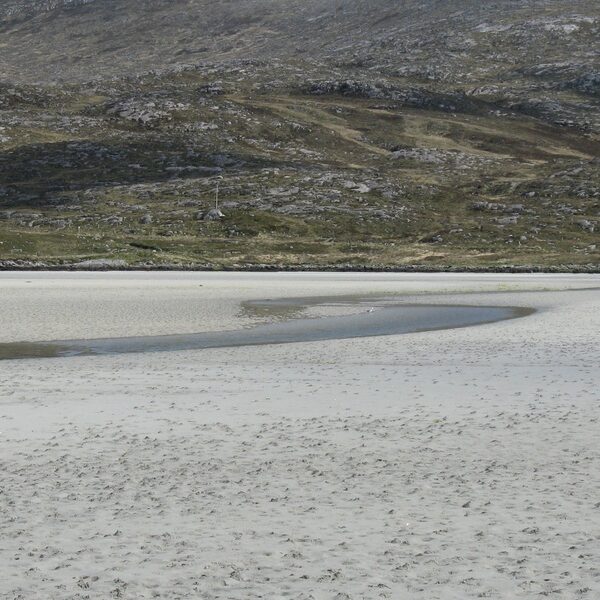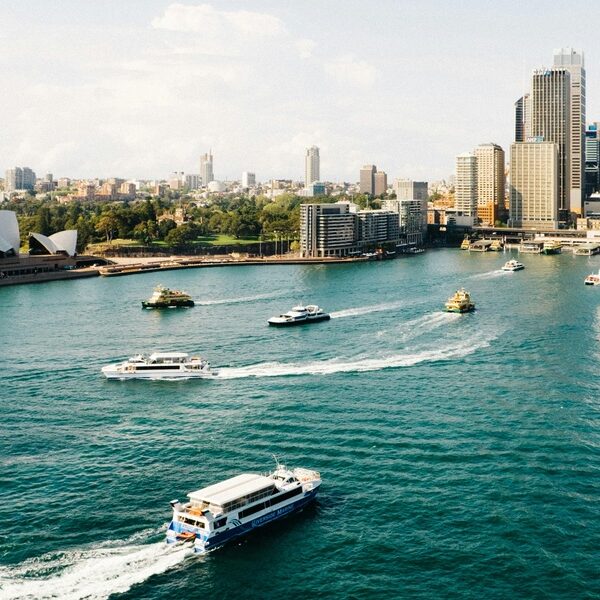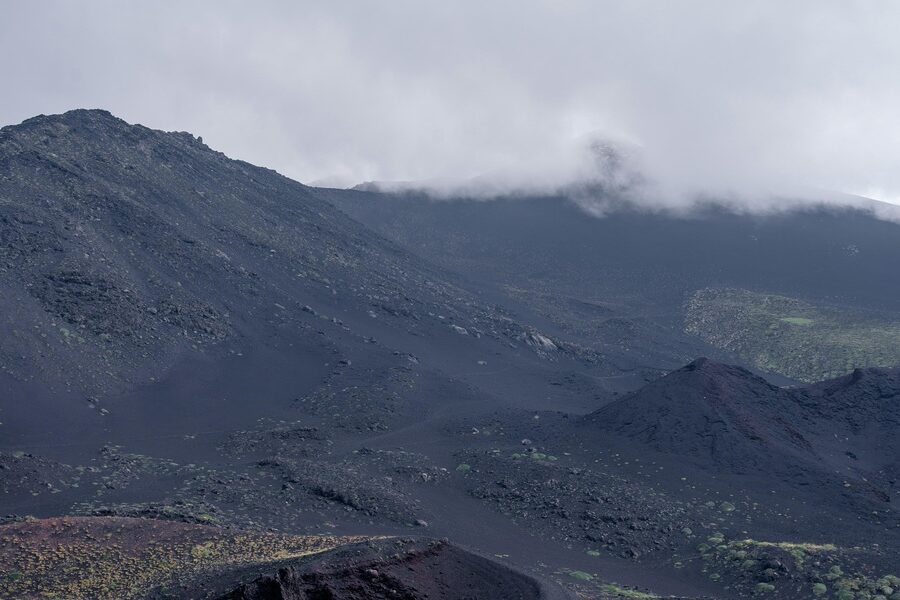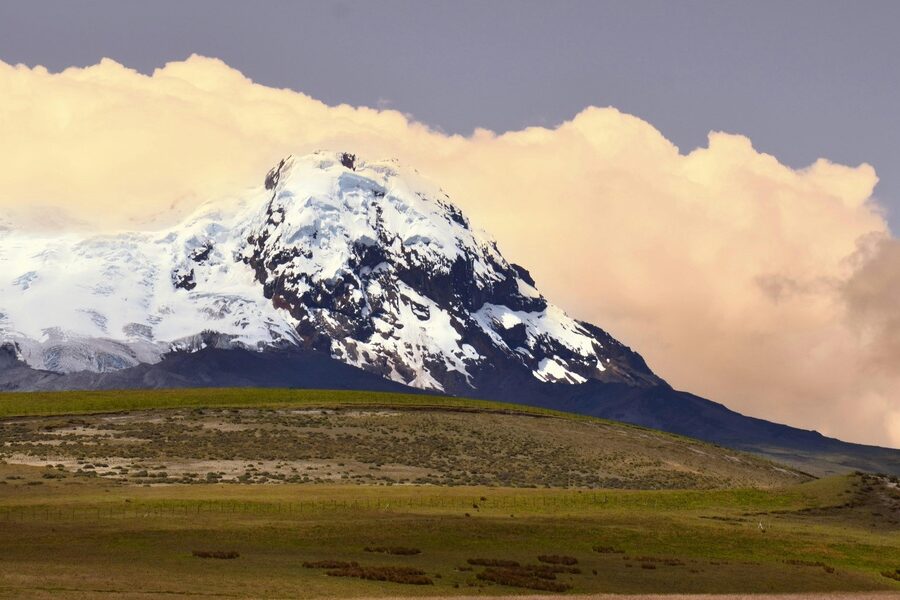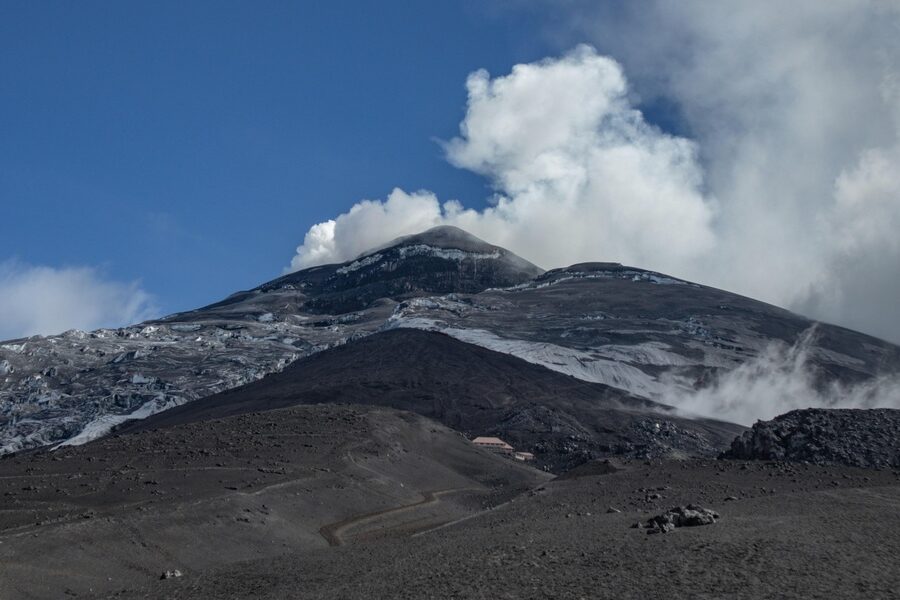South Africa’s mainland is largely tectonically quiet, but the country’s territory stretches into remote oceanic regions where volcanic processes still occur. Those outlying islands host the only active volcanic systems associated with South African jurisdiction, and they shape local habitats and research priorities far from the cities.
There is 1 entry among the Active volcanoes in South Africa, ranging from Marion Island as the sole listed site. Data is organized as Status,Location,Last eruption (year), and you’ll find below clear, compact details for each entry you’ll find below.
Where is Marion Island and why is it listed as active?
Marion Island is a subantarctic island in the southern Indian Ocean, part of South Africa’s Prince Edward Islands; it has an active volcanic system monitored by research teams, so it’s counted as the country’s active volcanic site.
Could an eruption on Marion Island affect the South African mainland?
Direct impacts to the mainland are very unlikely because Marion Island is remote (over 1,700 km from South Africa); hazards are mostly local (lava flows, ash on the island, impacts to wildlife), though ash clouds could be tracked regionally and are monitored by observatories.
Active Volcanoes in South Africa
| Name | Status | Location | Last eruption (year) |
|---|---|---|---|
| Marion Island | Active (Holocene eruptions; historical activity) | Marion Island (Prince Edward Islands, South African external territory); 46.90°S, 37.75°E | 2004 |
Images and Descriptions

Marion Island
Active shield volcano on Marion Island with confirmed 20th–21st century eruptions, most recently 2004. Monitored by the South African National Antarctic Programme; Smithsonian GVP lists historical eruptions. Hazards are local lava, ash and volcanic gases threatening island research stations and nearby shipping.

